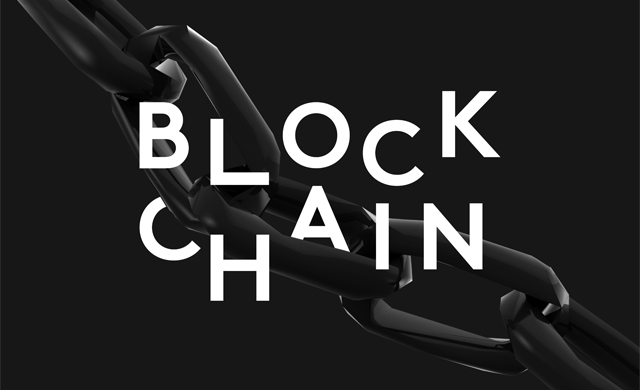Kusama, a blockchain platform closely connected to Polkadot, has gained attention for its unique ‘fast-track’ development philosophy. In this article, we delve into the core principles of Kusama’s development strategy, explore the role of parachains, examine its decentralized governance model and the role of parachains in kusama’s development strategy. Also, experience the next evolution in professional crypto trading with Quantum Prime Profit, where innovation meets efficiency, and success is limited only by your ambition and strategic acumen.

The Philosophy behind Kusama’s ‘Fast-Track’ Development
Kusama’s ‘fast-track’ development philosophy is rooted in a vision of rapid innovation and experimentation within the blockchain space. Unlike traditional development models that prioritize stability and security, Kusama embraces a more agile and risk-tolerant approach. The philosophy behind Kusama’s ‘fast-track’ development can be summarized in three key principles: innovation, risk-taking, and early-stage project support.
Firstly, Kusama places a strong emphasis on innovation. The platform aims to foster a culture of continuous improvement and groundbreaking ideas. Kusama encourages developers to explore new concepts, experiment with novel technologies, and push the boundaries of what is possible in the blockchain domain. This focus on innovation creates an environment that is conducive to exploring uncharted territories and developing cutting-edge solutions.
Secondly, Kusama’s ‘fast-track’ development philosophy embraces risk-taking. The platform recognizes that innovation often comes with inherent risks, and it encourages developers to embrace and manage those risks effectively. By adopting a more risk-tolerant mindset, Kusama enables developers to take bold steps, try out new ideas, and iterate quickly based on real-world feedback. This approach allows for faster learning and iteration cycles, leading to accelerated development and refinement of blockchain solutions.
Lastly, Kusama prioritizes early-stage project support. The platform believes in the power of nurturing and promoting promising projects at their initial stages. Kusama provides an ecosystem where developers can deploy and test their projects, gaining valuable insights and feedback from the community. This early-stage support not only helps in identifying potential issues and vulnerabilities but also allows developers to fine-tune their solutions based on real-world usage. By fostering a supportive environment for early-stage projects, Kusama aims to catalyze innovation and enable the growth of a vibrant developer community.
The Role of Parachains in Kusama’s Development Strategy
Parachains play a crucial role in Kusama’s development strategy, serving as the building blocks of the platform’s scalability and interoperability. A parachain is essentially an independent blockchain that operates within the Kusama network. It allows developers to deploy their own specialized blockchains, customized to their specific needs, while benefiting from the security and shared resources of the Kusama ecosystem.
One of the primary advantages of parachains is their ability to enhance scalability. By deploying specialized blockchains, developers can focus on optimizing their solutions for specific use cases or applications. This targeted approach allows for efficient resource allocation and processing, enabling greater transaction throughput and overall scalability of the Kusama network. With multiple parachains running in parallel, Kusama can handle a higher volume of transactions and support a broader range of decentralized applications.
Interoperability is another key aspect of parachains in Kusama’s development strategy. Kusama is built on the Polkadot framework, which emphasizes cross-chain communication and interoperability. Parachains are designed to seamlessly interact with each other and with external networks, enabling data and asset transfers across different blockchains. This interoperability fosters collaboration, synergy, and the exchange of value between various projects and networks, ultimately leading to a more connected and vibrant blockchain ecosystem.
Kusama’s approach to deploying parachains for rapid development is based on a unique auction mechanism. Developers interested in securing a parachain slot on Kusama participate in a competitive bidding process known as the parachain slot auction. This mechanism ensures fair allocation of resources and encourages developers to present compelling projects to the community. The auction process also acts as a vetting mechanism, as only projects with significant community support and potential are likely to secure a parachain slot.
However, it’s important to note that the parachain model also brings challenges. One of the main challenges is the allocation of limited parachain slots. As the number of parachain slots is finite, there is a need to carefully select and prioritize projects that contribute the most value to the Kusama ecosystem. Additionally, ensuring the security and stability of parachains is critical, as any vulnerabilities or malicious activities within a parachain can potentially impact the overall integrity of the network.
Conclusion
Kusama’s ‘fast-track’ development philosophy, driven by innovation, risk-taking, and early-stage project support, has positioned it as a dynamic and agile blockchain platform. Through the deployment of parachains, Kusama achieves scalability and interoperability, enabling developers to create specialized solutions while benefiting from a vibrant ecosystem. With its unique approach, Kusama is poised to shape the future of blockchain development and drive industry-wide innovation.


 Hot Features
Hot Features













